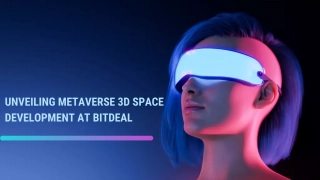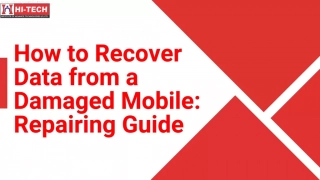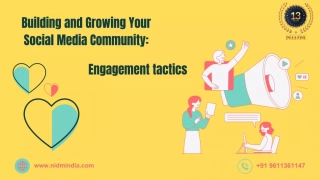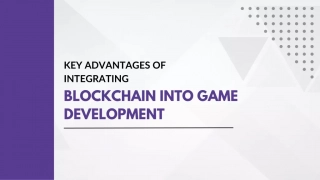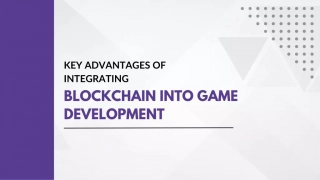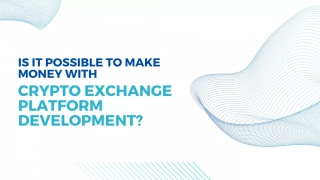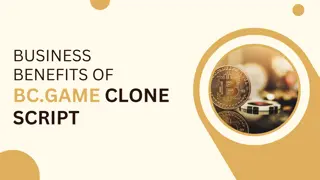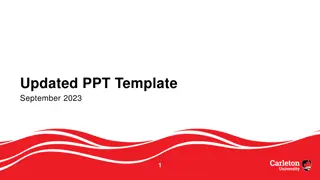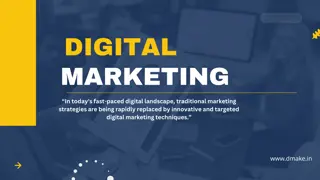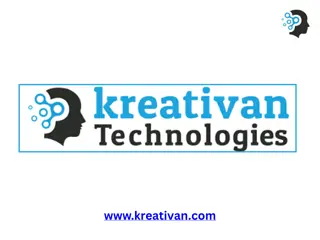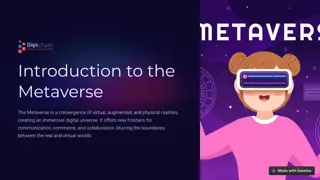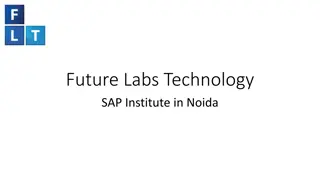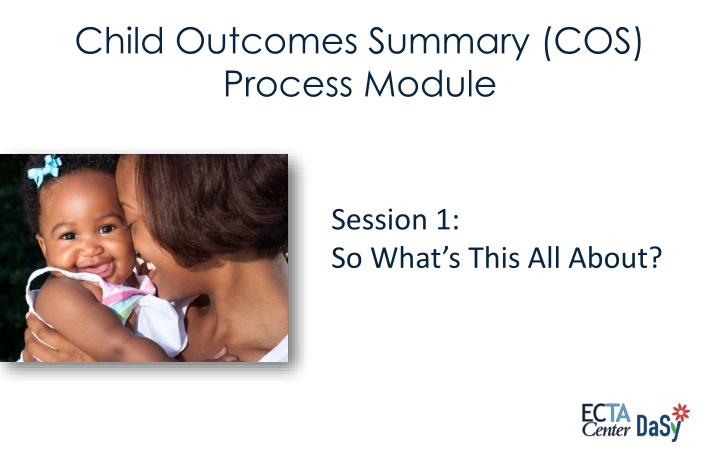
Understanding Child Outcomes Summary Process Module
Explore the Child Outcomes Summary (COS) Process Module, designed to assess outcomes for young children with disabilities. Learn about the goals of early intervention and special education, the three child outcomes focused on social-emotional skills, knowledge acquisition, and appropriate behaviors, and how children develop positive relationships and skills.
Download Presentation

Please find below an Image/Link to download the presentation.
The content on the website is provided AS IS for your information and personal use only. It may not be sold, licensed, or shared on other websites without obtaining consent from the author. If you encounter any issues during the download, it is possible that the publisher has removed the file from their server.
You are allowed to download the files provided on this website for personal or commercial use, subject to the condition that they are used lawfully. All files are the property of their respective owners.
The content on the website is provided AS IS for your information and personal use only. It may not be sold, licensed, or shared on other websites without obtaining consent from the author.
E N D
Presentation Transcript
Child Outcomes Summary (COS) Process Module Session 1: So What s This All About?
Background U.S. Department of Education Office of Special Education Programs (OSEP) $438 million Early Intervention $350 million Preschool Special Education (2014) Outcome measures help determine if federal funding through IDEA is making a difference for young children with disabilities and their families.
What is an Outcome? an end result
Goal of Early Intervention and Early Childhood Special Education To enable young children to be active and successful participants during the early childhood years and in the future in a variety of settings in their homes with their families, in child care, in preschool or school programs, and in the community. From Family and Child Outcomes for Early Intervention and Early Childhood Special Education, Early Childhood Outcomes Center (April 2005). http://www.fpg.unc.edu/~eco/assets/pdfs/eco_outcomes_4-13-05.pdf
Three Child Outcomes Children have positive social-emotional skills (including social relationships). Children acquire and use knowledge and skills (including early language/communication and early literacy). Children use appropriate behaviors to meet their needs.
Children Have Positive Social Relationships Involves Relating with adults Relating with other children For older children, following rules related to groups or interacting with others Includes Attachment/separation/autonomy Expressing emotions and feelings Learning rules and expectations Social interactions and play
Children Acquire and Use Knowledge and Skills Involves Thinking and reasoning Remembering Problem solving Using symbols and language Understanding the physical world Includes Imitation Early concepts symbols, pictures, numbers, classification, spatial relationships Expressive language and other communication Early literacy and numeracy
Children Take Appropriate Action to Meet Their Needs Involves Taking care of basic needs Getting from place to place Using tools (e.g., fork, toothbrush, crayon) In older children, contributing to their own health and safety Includes Integrating motor skills to complete tasks Self-help skills (e.g., dressing, feeding, grooming, toileting, household responsibility) Acting on the world to get what one wants
Child Outcomes Are Functional meaningfulto the child in the context of everyday living an integrated series of behaviors or skills that enable the child to achieve important everyday goals
Outcomes Reflect Global Functioning The three outcomes reflect The integration of multiple skills Functioning across settings and situations Rather than Skill by skill A standardized way Split by domains
Child Outcomes: Global vs. Individualized Measuring progress on global child outcomes does not replace developing and monitoring progress on individualized child outcomes or goals.
Why Gather Child Outcomes Data? Identify program strengths and weaknesses for improving program services and delivery Inform stakeholders, including families, about the effectiveness of the program Provide information for policymakers to justify future funding of programs Meet federal government requirements
What Happens to the Data? Programs Collect data in common format on three outcomes Report data to the state Use data for program improvement Programs State Agency Generates reports for federal reporting Uses data for program improvement States US Department of Education Office of Special Education Summarizes data to produce a national picture Reports data to Congress Federal Government
Most Recent Data To access the most recent national summary of child outcomes data, visit: http://ectacenter.org/eco/assets/pdfs/childoutcomeshighlights.pdf
Child Outcomes: Making a Difference Early intervention and preschool special education strive to achieve the three outcomes for all children receiving services. Gathering child outcomes data is an important part of the process that shows how a program can make more of a difference through continuous improvement.
Closing Click the back arrow to return to the module.



